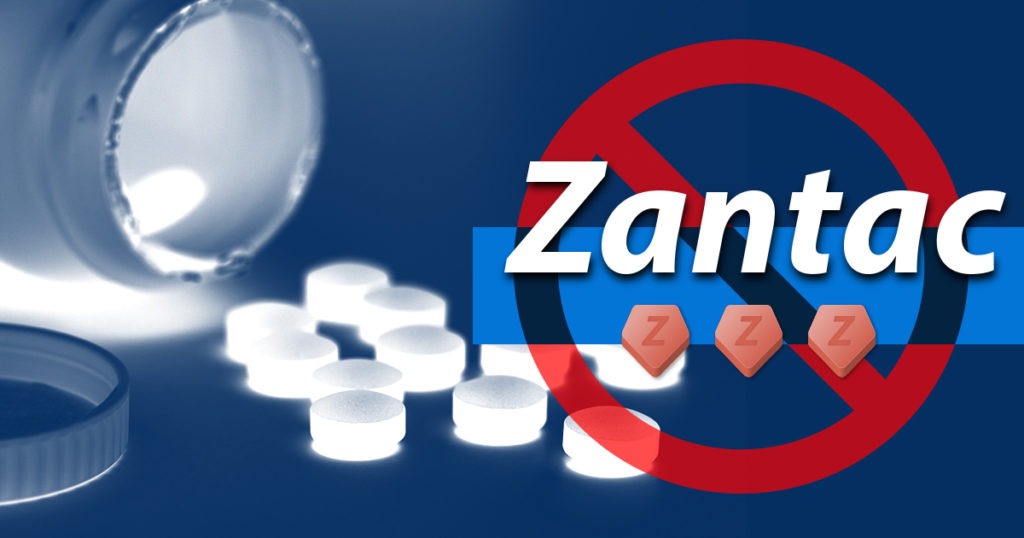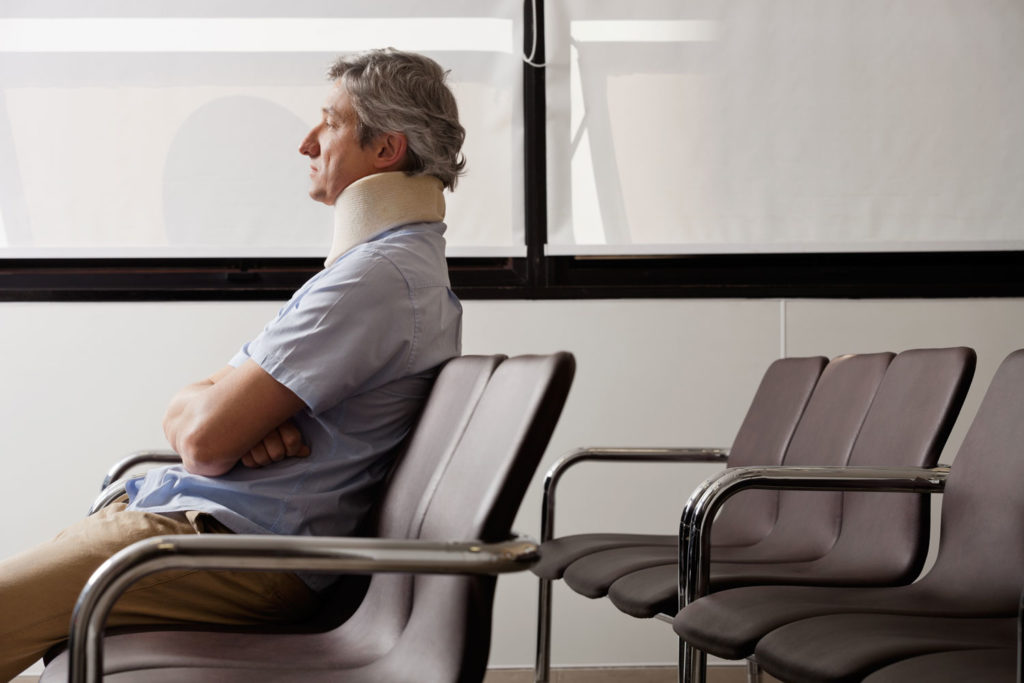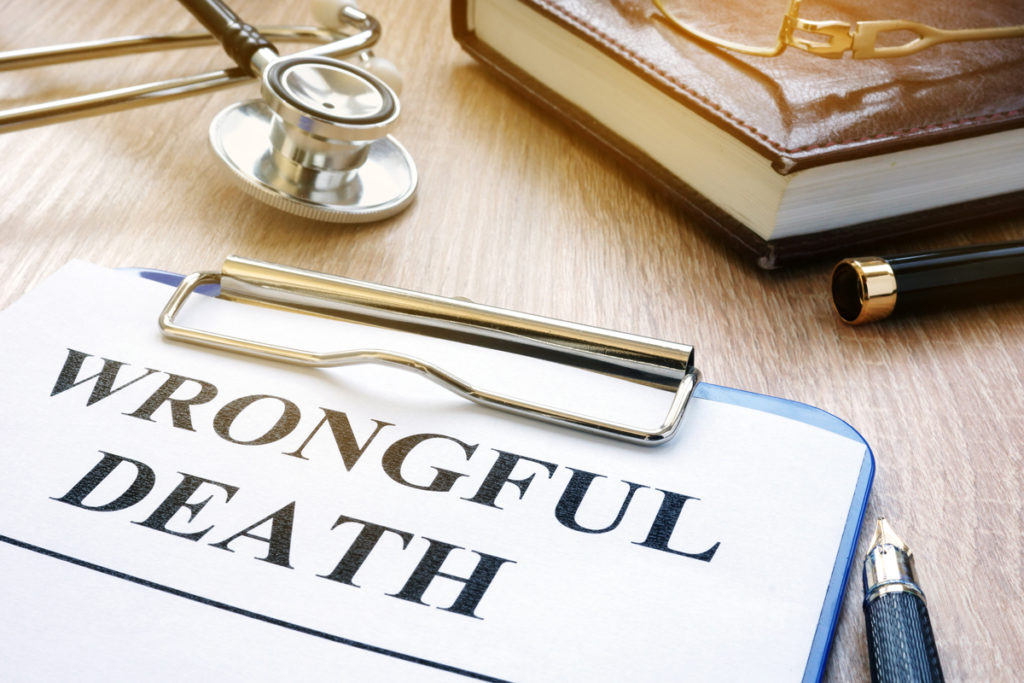What are the most common questions about personal injury law that people search for on Google?
We looked up the answers using an online tool called ahrefs, which estimates the number of times different questions are Googled every month in the United States. All of the answers come from our knowledge and experience of personal injury law with decades of practice in our community. We push back on insurance companies to help our clients receive the maximum compensation for their injuries. If you’ve been injured because of the neglect of another party, we offer free consultations in Kingston and Poughkeepsie; just call 845-600-0000 to make an appointment.
1. What to do after a car accident?
3,700 monthly Google searches

If you’re injured in a car accident, the very top priority is making sure you receive the proper medical attention and that you’re safe at the site of the accident.
Assuming that that’s all taken care of, proper documentation of the scene of the accident is critical.
In a distracted driving injury blog post, we wrote about how if police are called to the scene of an accident, they’ll take statements from all of the parties involved, possibly make observations about evidence, or obtain an admission of causation from the other party. Whether or not the police are called, and assuming that you’re safe, use your phone or write down your own observations. What time of day did the accident happen? What are the weather conditions? Can you safely take a picture of the scene of the accident? Who were the witnesses?
Another tip is to not post about the accident on social media. Posting any public information about your accident or injuries can be used against you by the insurance company in a lawsuit to prevent you from recovering your full damages. Contact loved ones the old-fashioned way: over the phone, or in private messages.
Once you’re away from the immediate scene of the accident, and you feel that you have damages that exceed what your insurance company is able to compensate you for, you can consider contacting experienced personal injury attorneys like us to learn about your legal options. We offer free consultations; just give us a call at 845-600-0000 to set up your appointment. We can let you know about the statutes of limitations, create a plan to collect any necessary evidence, and will push back against insurance companies that are trying to lowball or intimidate you.
2. What are the odds of winning a medical malpractice suit?
1,700 monthly Google searches
It’s hard to answer this one, because every case is different. The most important thing is to seek experienced legal counsel that can advise you of your options and evaluate the strength of your case. There are challenges to proving negligence in a medical malpractice case:
- Juries may be confused by medical evidence
- Medical witnesses may be hard to come by
- The litigation process is complex
A 20-year study in Clinical Orthopaedics and Related Research of “Evidence on the Outcomes of Malpractice Claims” found that physicians win 80 to 90% of jury trials with “weak evidence of medical negligence,” 70% of the borderline cases, and even 50% of trials with “strong evidence of medical negligence.” However, that doesn’t include cases that were settled before trial, which tend to have strong evidence.
So the answer is: it depends. The best thing to do is to schedule a free consultation to find out your full legal options.

3. What is medical malpractice?
1,100 monthly Google searches
Dental and medical malpractice means that you or a loved one was injured because a care provider made a mistake, either through negligence or competence.
The critical elements of proving malpractice:
- You had a patient/doctor relationship with your care provider
- They violated the “duty of care” for your situation
- They caused the injury
- The injury damaged you through pain and suffering or economically
4. How much should I ask for in a personal injury settlement?
1,500 monthly Google searches

There is no exact formula, and every case has a variety of different factors. There are various online calculators out there that attempt to add up your property damages, medical expenses and lost wages, and apply some kind of formula to them to include pain and suffering. Other factors include how soon you sought medical attention, how strong the evidence is of the other party’s fault, how soon you’re seeking a settlement, and more.
As always, working with an experienced legal team will help you answer this question and get the best outcome.
5. Why was Zantac recalled?
700 monthly Google searches
Zantac was recalled because the Food and Drug Administration found that some Zantac contains an impurity known as N-nitrosodimethylamine (NDMA), which is proven to increase cancer risk. Our firm is working with patients in the Hudson Valley who developed cancer after taking Zantac.

6. What are the steps in a personal injury lawsuit?
600 monthly Google searches
As always, your mileage may vary:
- Accident occurs
- Consultation with an attorney to discuss
- What were the medical costs?
- What is the severity and extent of the damages?
- Who is the defendant and were they at fault?
- What are the legal options?
- Investigation
- Obtain police reports
- Reconstruct the accident scene and conditions
- Secure black box data from vehicle
- Gather photographs and testimony from witnesses
- Obtain medical records, bills and employment history
- Determine earning power
- Demand a settlement
- File a personal injury lawsuit (if settlement is not adequate)
- Discovery
- Mediation
- Trial
- Possible appeal
7. What is personal injury protection?
500 monthly Google searches
Personal injury protection is a component of auto insurance plans that is often referred to “no-fault insurance” that covers the healthcare expenses resulting from a car accident, of policyholders and their passengers, regardless of fault or whether they have health insurance. New York State is one of a handful of states that requires personal injury protection in auto insurance plans.
However, motorcyclists are not covered by personal injury protection or “no-fault insurance.” The best and often only way a motorcyclist can be reimbursed for their lost wages and/or medical expenses is to bring a lawsuit against the person and/or company (hereinafter referred to as “wrongdoer”) that caused their injuries.

8. What is considered a personal injury case?
500 monthly Google searches
When one person suffers harm from an accident or injury, and that accident or injury was caused by the negligence of another person or party, that could be the beginning of a personal injury case. The victim may seek damages to be paid for their medical bills, property damage, lost wages, and pain and suffering. The damages are often paid by the defendant’s insurance policy.
9. How long do you have to sue someone for personal injury?
400 monthly Google searches
The statute of limitations varies for different types of cases. A full chart is available at the New York State Unified Court System’s website. Statutes of limitations are currently being extended in New York State while COVID-19 disrupts the operation of the court system. Here are some of the relevant types:
- Car Accidents – Three years from the date of the accident
- Medical Malpractice – Two years and six months from the date of malpractice or from the end of continuous treatment rendered by the party or entity you intend to sue for a particular condition, illness or injury
- Other negligence resulting in personal injury – Three years from the date of the accident
- Slip and fall – Three years from the date of the accident
- Wrongful death – two years from death
- Roadway defects case against the government – 90 days from the date of the accident to file a “notice of claim” or “notice of intention of claim”
10. How to find a personal injury lawyer?
400 monthly searches
There are always the Yellow Pages, or Google, but if you’re reading this and live in the Hudson Valley, you’ve found one! We have offices in Kingston and Poughkeepsie and can also offer socially distant free consultations.
11. How are wrongful death settlements paid out?
250 monthly Google searches

Wrongful death settlements may include medical expenses, lost benefits and wages, funeral costs, the loss of inheritance, the pain and suffering of being in the “zone of danger” of the accident, and for children of the deceased, compensation for the loss of parental nurturing, education and guidance.
In New York State, the distribution of proceeds in a wrongful death case are is:
- If there’s a spouse and no children, the spouse receives the entire amount
- If there’s a spouse and children, $50,000 and half of the balance goes to the surviving spouse, while the rest is equally distributed among the children who are in the same generation
- If there are just children and no spouse, the amount of distributed equally among those of them who are in the same generation
- If one or both parents of the deceased are alive, and there is no spouse or children, the whole amount will go to the surviving parent(s)
- If the parents of the deceased have children (the deceased’s brothers, sisters or their children), but there is no surviving spouse, children or parent(s): the amount is distributed evenly among the nieces and nephews of the deceased or other family members, divided among the members of the same generation
12. How long do you have to go to the doctor after a slip and fall?
150 monthly Google searches

There is no hard and fast rule, but generally, if you are in pain after an accident you should seek medical care as soon as possible. If you tough it out or want to see how bad it gets, it will become harder and harder to prove that your pain and injuries were the result of your accident, and it will become harder to recover the damages that you should be entitled to.
13. What is the most common motorcycle injury?
100 monthly Google searches
Among motorcyclists whose injuries were serious enough to require hospitalization, it seems that “lower extremity” injuries are the most common motorcycle injury.

